|
June 15 - Balsam Lake, City of Kawartha Lakes June 16 - Innisfil area, Simcoe County June 17 - Bala area, Muskoka District June 18 - From Bala to Elk Lake, Timiskaming District June 19 - Elk Lake to Fraserdale June 20 - Boreal Butterflies and Woodpeckers of Fraserdale June 21 - Smooth Rock Falls to Hearst Birding, Matachewan Mothing June 22 - Matachewan to Hilliardton Marsh June 23 - Purplish Coppers in Parry Sound District I had a late start to the day on June 17, not entirely unexpected given the shenanigans and mothing from the previous evening. Dave and I played one last game of bocce ball at Josh's place before we hit the road. I dropped off Dave at his apartment and hopped on to Highway 400, heading north into cottage country. It was mid-day when I arrived at my destination - a large area of open rock barrens, interspersed with bogs, fens, and stands of maple, ash and oak. This particular location is an area that I have visited often. Usually a couple of times each year, sometimes more. I unfortunately cannot say where the location is exactly because there are a number of sensitive species that reside there, including quite a few reptiles that are considered "Species at Risk". It was a hot day - around 30 degrees with humidity - and on the exposed rock barrens it felt even warmer. I had a hard time finding herps in the mid-day heat. There were a few birds to be found, though to be honest my main priority was meting out justice to the hordes of mosquitoes and deer flies circling my head. Ah, June in the southern Canadian Shield region! A mid-afternoon nap succesfully killed an hour or so during the hottest part of the day. I eagerly headed out, the sun finally creeping behind the tallest pines, hoping that the evening would be productive for herp activity. A Blanding's Turtle! Mrs. Yellowchin was out cruising across the barrens, no doubt searching for a suitable place to lay her eggs. Blanding's Turtles are known to travel several kilometres in one direction in search of the perfect nesting location. That is just one reason why roads are so devastating to turtles. It appeared that this turtle was a part of a population study. See the notch in the scute above the hind limb? By marking different scutes, researchers are able to identify individual turtles, even years later. Other than the Blanding's Turtle, I found a few additional reptiles including some Five-lined Skinks and a Ring-necked Snake. I headed back to my car for dinner and to retrieve my mothing setup. The hot conditions from earlier in the day, along with the calm weather, likely meant good things for the evening's main event. As I had never set up my sheet on a rock barren in the southern shield region I was excited for what was in store. The spot that I chose was a semi-open area with good visibility to a large open sedge meadow and bog. Behind me was an open rock barren that was treed with White Oak and White Pine. I was hoping to attract species that were associated with the wetland, as well as upland species whose food-plants are found in the rock barrens. Tree diversity in the immediate vicinity was relatively high - good numbers of Red Oak, White Oak, White Pine, Red Maple, Sugar Maple, Yellow Birch, Basswood, Tamarack, Balsam Fir, and others - meaning that moth diversity should be relatively high as well. I settled in for the night amidst a backdrop of winnowing Wilson's Snipe and singing Eastern Whip-poor-wills. Unsurprisingly given the habitat, a number of Aquatic Crambid Moths appeared on the sheet. These species are aquatic in their larval form, and feed on various wetland plants. This interesting crambid moth was a new one for me - the Dusky Saucrobotys. It is infrequently reported in Ontario with most records occurring in the southern shield region. Its larvae feed on hickory (Carya sp.). I observed a few of its close cousin as well - the more numerous Dogbane Saucrobotys. Early in the evening an impressive American Giant Water Bug smashed around on the sheet for a few minutes before eventually settling in. These fearsome predators are at home in the sluggish water of ponds and other wetlands, preying on insects, crustaceans and small fish. Some people may be surprised to hear that I often observe a nice variety of aquatic insects on my sheet, these guys included. They can fly, too! I try to make an attempt to identify most things that appear on my sheet. The larger caddisflies are a lot easier to figure out than the small ones, that is for sure. Next up is Banksiola dossuaria, a common species in the southern shield region, followed by an individual in the genus Agrypnia. Of course, it did not take long for some flashy species of moths to show up for the party. Below are two species that are fairly widespread in Ontario, but quite attractive in my opinion. Speaking of Zale Moths - one of the big highlights of the evening was this species known as the Oblique Zale Moth (Zale obliqua). This is a specialist of rock barrens, its food-plant being pine (Pinus sp.). It is very infrequently reported in Ontario and is listed as an S2 species (typically referring to having between 6 and 20 occurrences). I am sure that this species is more widespread than that, given how much of this habitat is present in the southern shield region. I would quickly come to appreciate that Giant Silkmoths and Sphinxes would feature quite prominently on this trip of mine. Tonight's highlight was my first female Io Moth and several Rosy Maple Moths, but a Cecropia Moth also dropped in for the evening. Occasional grasshoppers appear during a night of mothing. These two tiny ones were quite interesting, though I have yet to figure out their identifications. As I mentioned earlier, White Pine is a very common tree in the area. It was therefore no surprise that I noted quite a few species that feed on White Pine as caterpillars. While a lot of people are fascinated by the big and flashy moths, I am perhaps more engrossed with the smaller ones - the species often referred to as micro-moths. I find that the colours, patterns and shapes of these moths can be incredibly diverse, though a macro lens is often required to appreciate this. There are many interesting discoveries to be made with the micros since fewer people are actively searching for them or studying them. Among the micro-moths, for some reason one of my favourite groups is the crambid moths (family Crambidae). Grass-veneers (subfamily Crambinae) may be tiny but they are familiar to many people. These are the small, tube-shaped, whitish moths that can be easily found in lawns and other grassy areas. Below are two grass-veneers that I photographed this evening, one of which is quite rare. First is Crambus albellus, the Small White Grass-Veneer. This individual is fresh, allowing one to appreciate the subtleties to its pattern. The second grass-veneer is one that I had never seen before; in fact, it took me several months before I was finally able to put a name to it. This is Crambus alienellus, a species that is most frequently reported from bogs in the boreal forest. Few good photos of this species are out there; I was happy to provide the first reasonable photo of the species for Bugguide. While not a grass-veneer, the genus Donacaula looks somewhat similar and is also in the Crambidae family. This is the delightfully named Delightful Donacaula (Donacaula melinellus). Another genus of micro-moths that I appreciate is Ancylis. This diverse genus contains many members with intricate patterns and some of them can be quite difficult to identify. The larvae of this genus are leaf-rollers. They make a little nest by rolling up the edge of a leaf, and fastening it in place with a silk-like substance. I noted two species of Ancylis this evening; one which feeds on oak, and another which consumes Yellow Birch, pictured below. There were interesting finds to be made with the larger moths as well. Prominent moths (Notodontidae) were, um, prominent on the sheet (sorry). At least six species dropped in. The most unusual, and arguable the most attractive, was this Black-edged Prominent. To this date it is the only one that I have ever seen. The larvae feed on poplar (Populus), cherry (Prunus) and willow (Salix). Below are a few more prominent moths from the evening. The following insect looks very similar to a firefly, but it is actually a type of soldier beetle (fireflies and soldier beetles are somewhat closely related, though). When it was all said and done I had photographed around 90 species of moths on the evening. A pretty good showing! Of those, at least 20 were new species for me including some rare ones. The mosquitoes were a bit aggressive - a common theme on this trip - but I put my bug jacket to good use and they were not too much of a hindrance.
I will finish this post with a few photos of some random moths from throughout the evening.
0 Comments
Leave a Reply. |
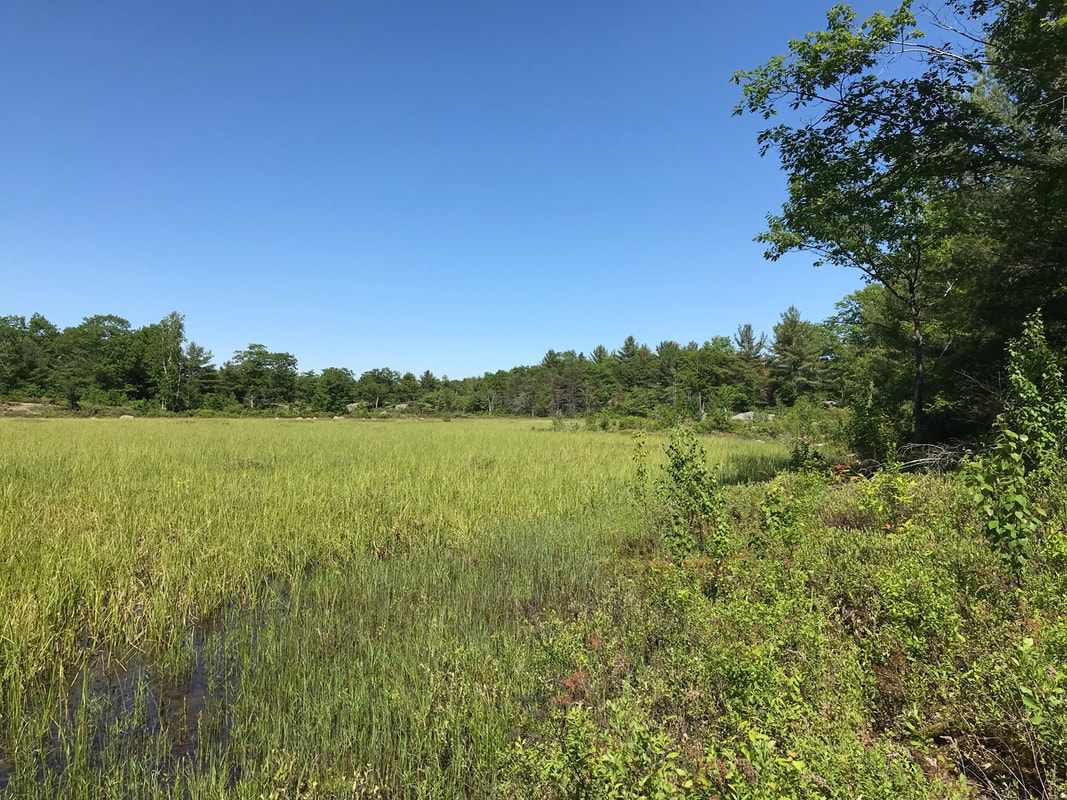
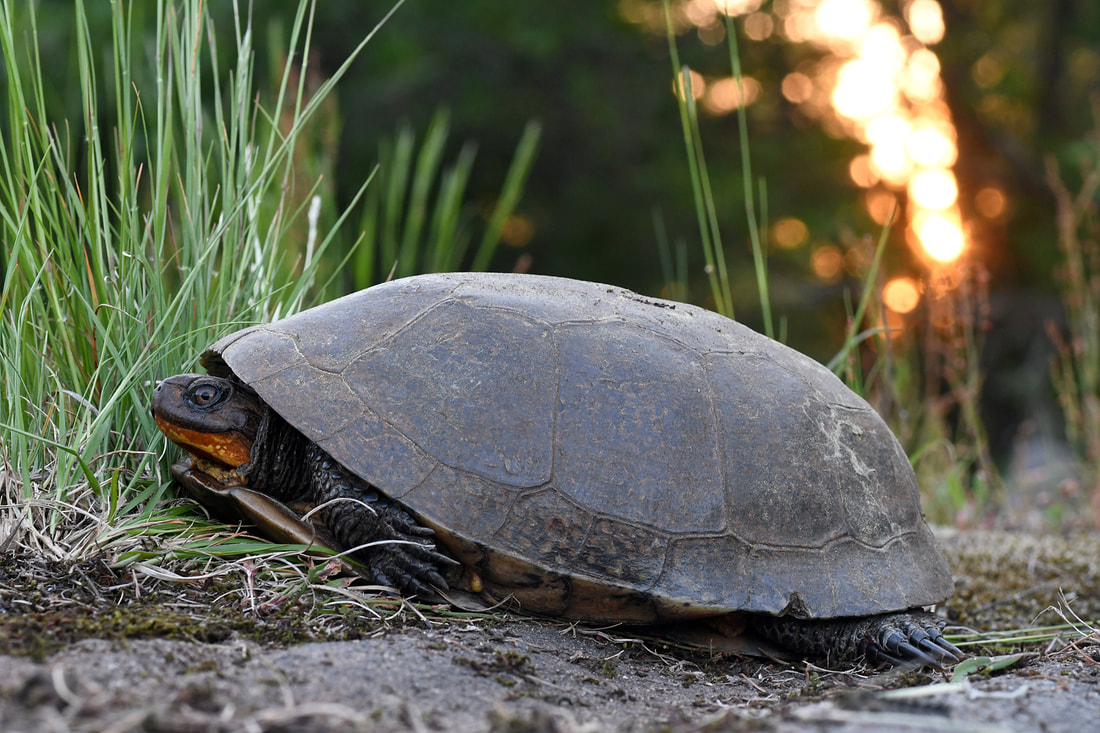
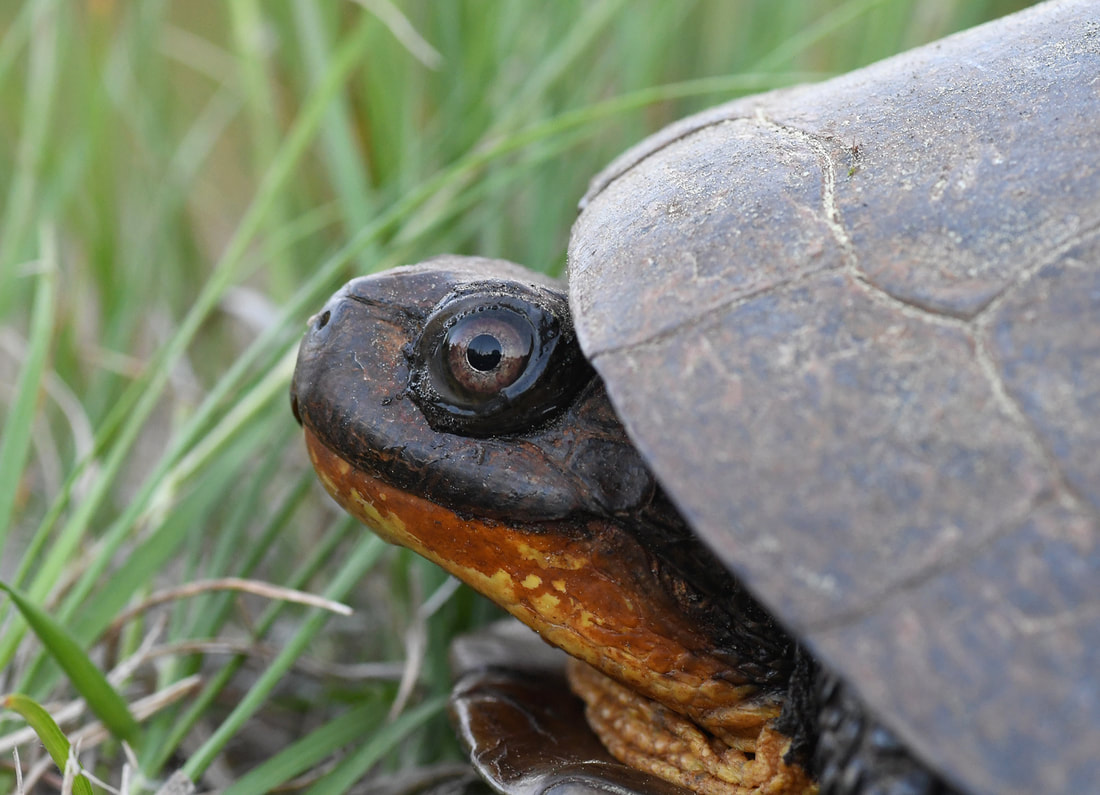

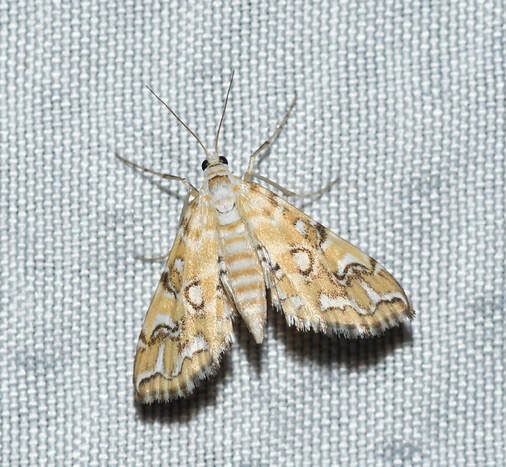
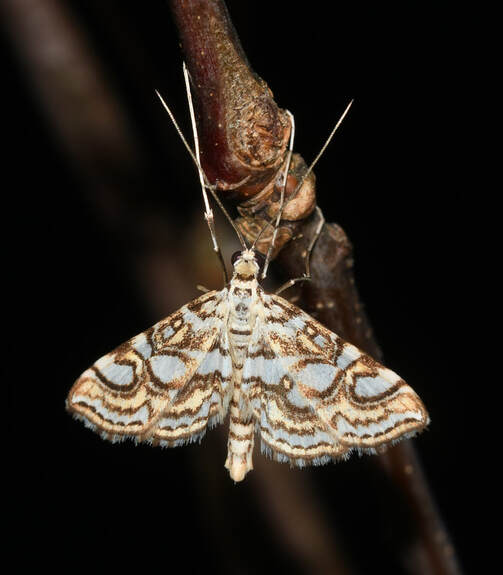
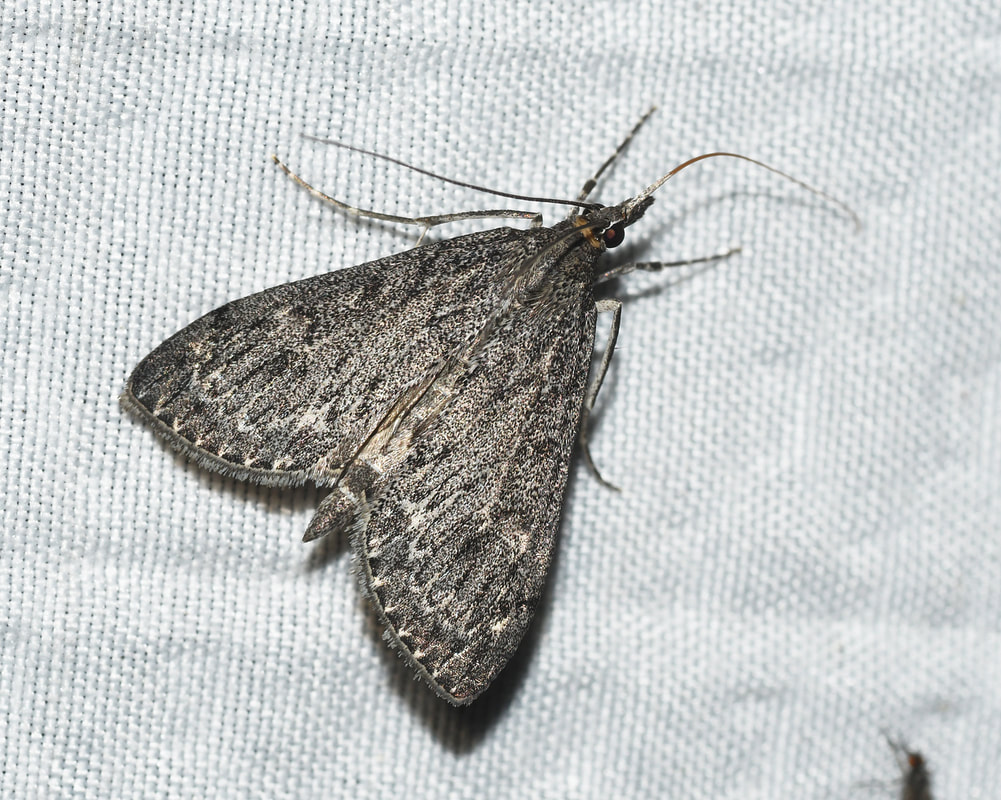
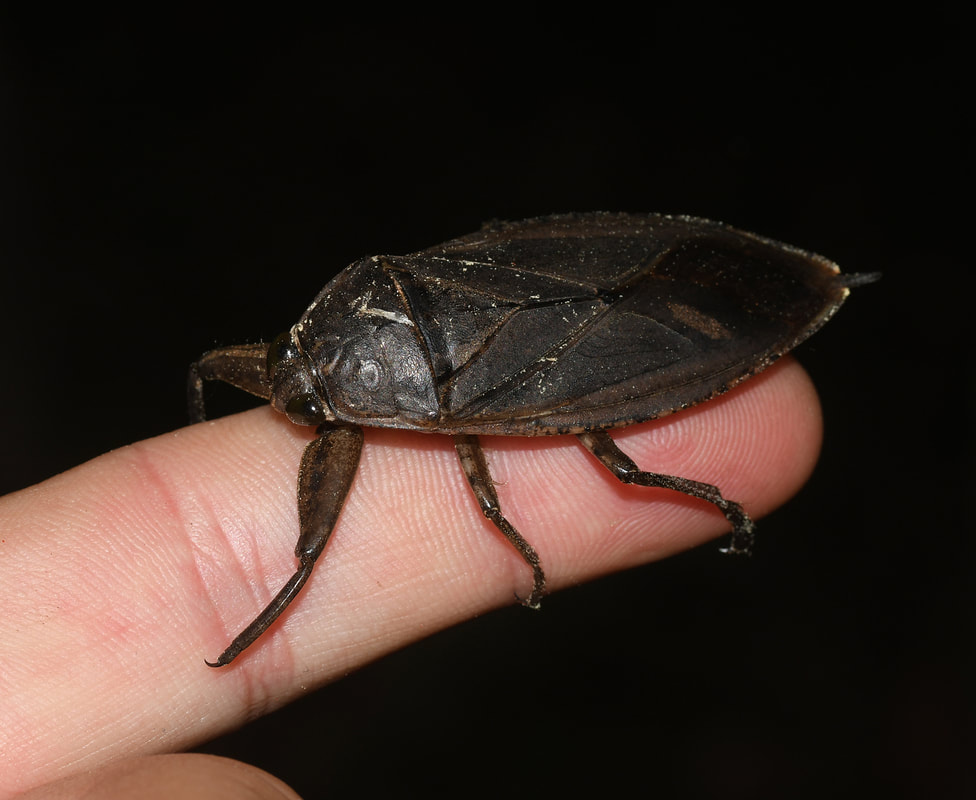
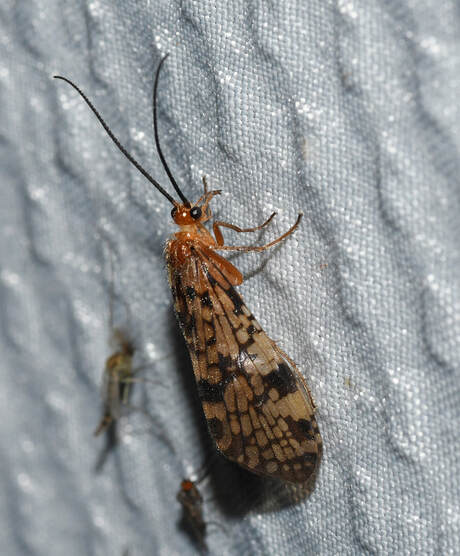
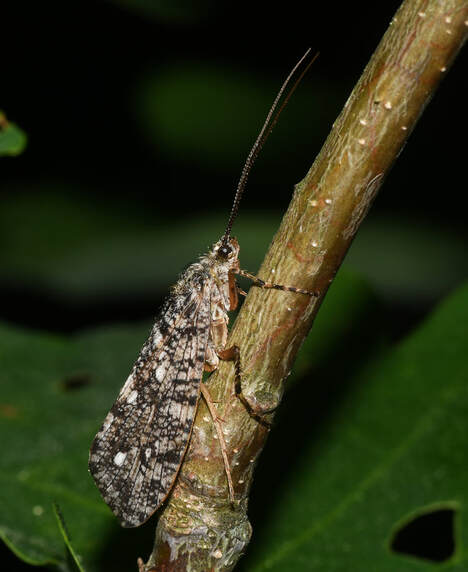
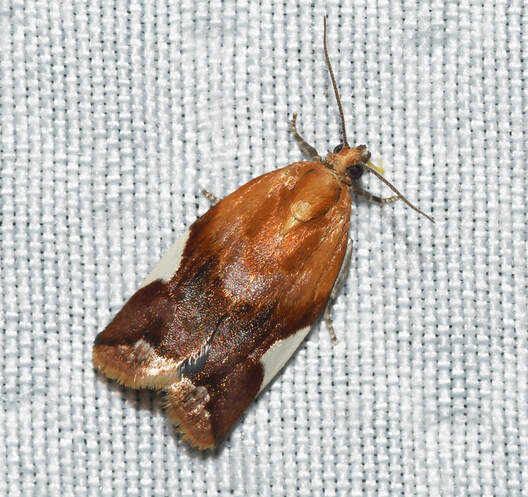
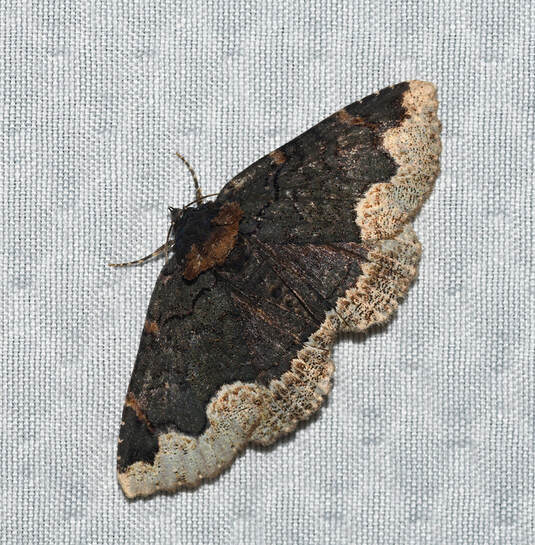
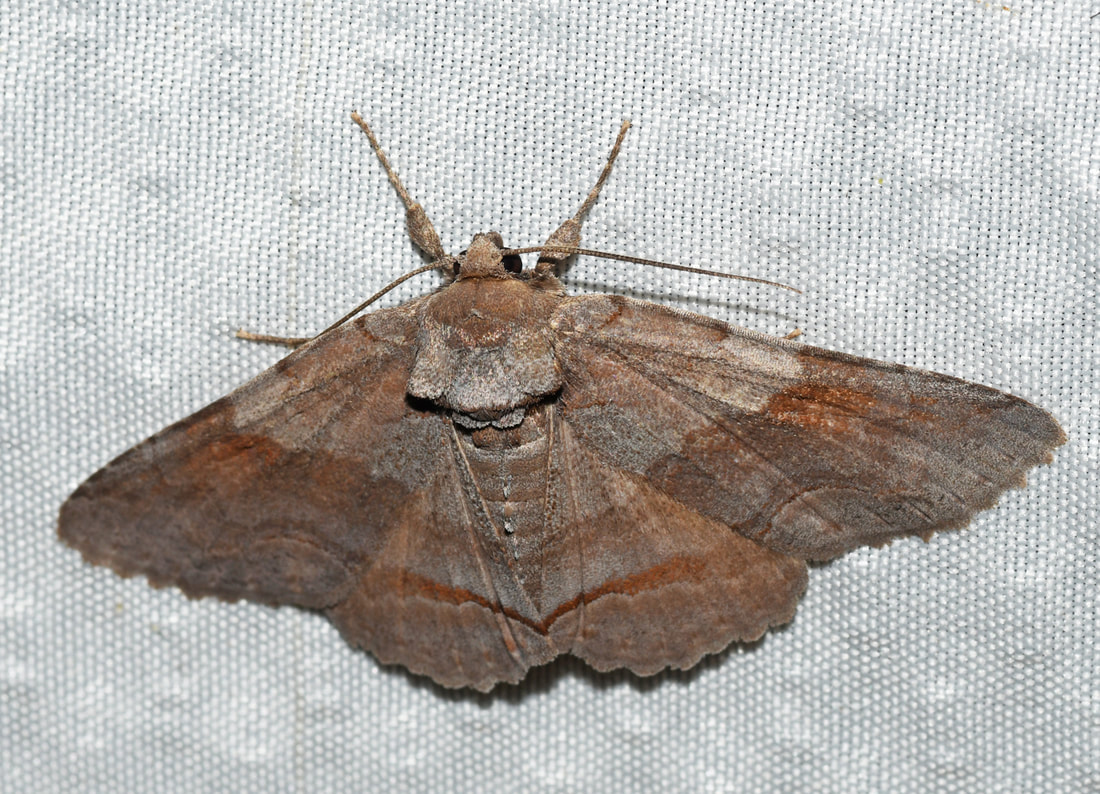
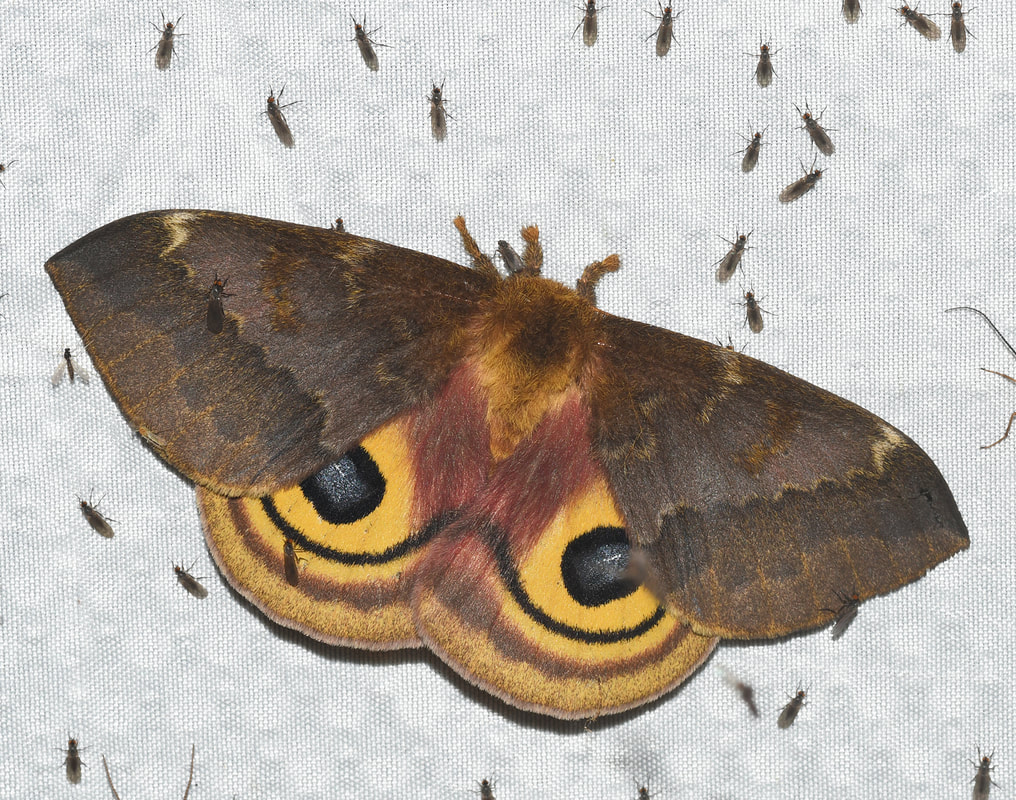
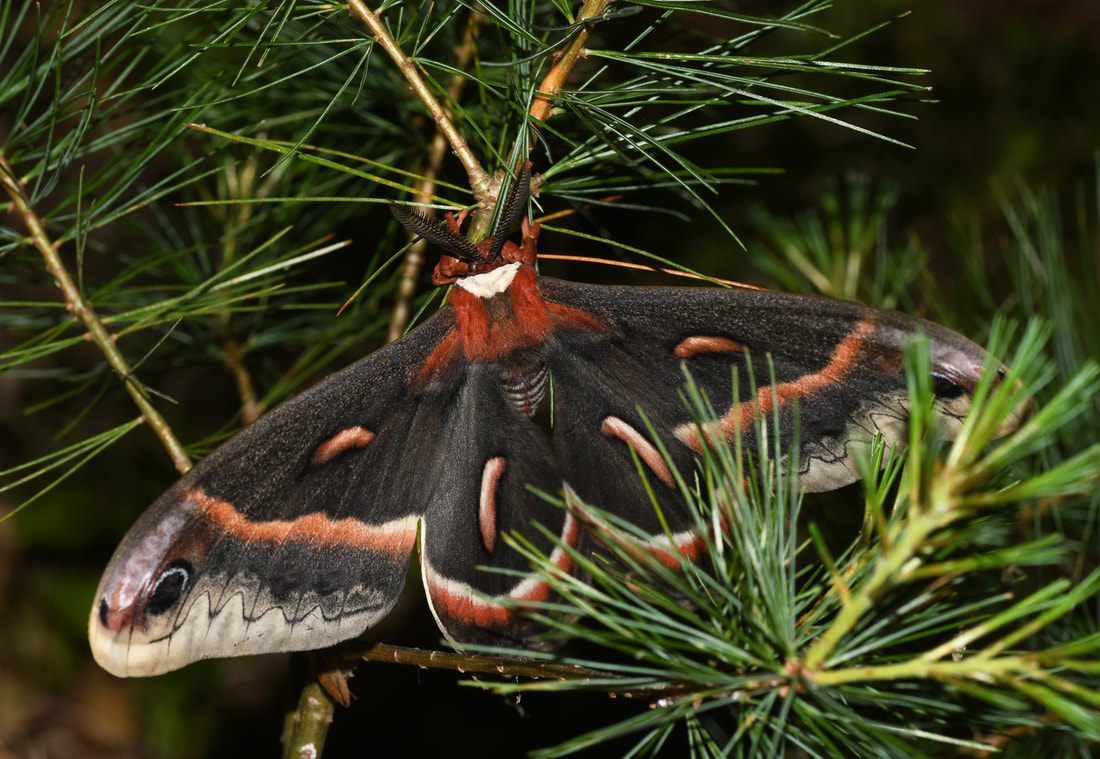



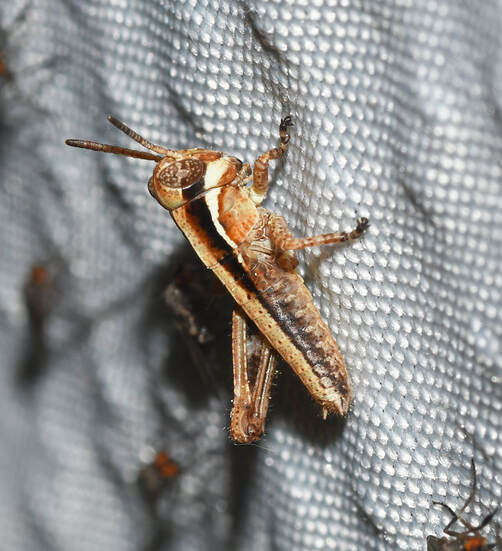


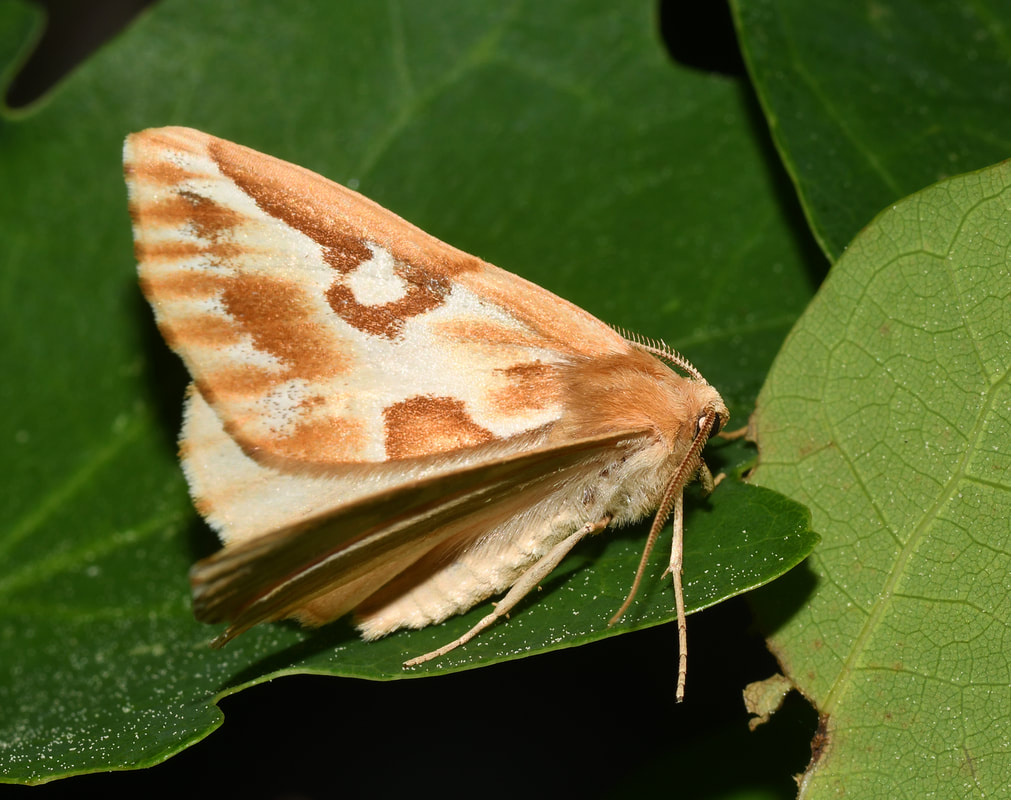
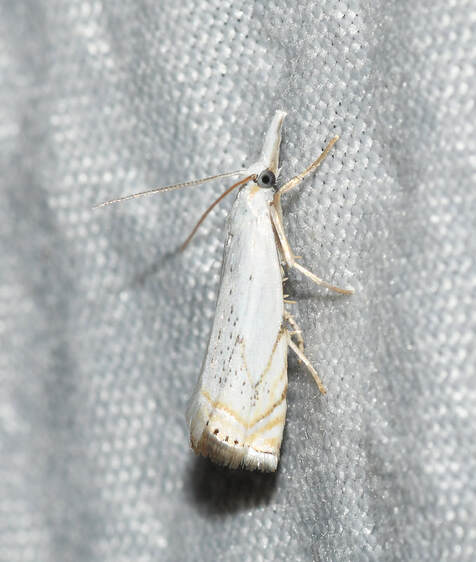
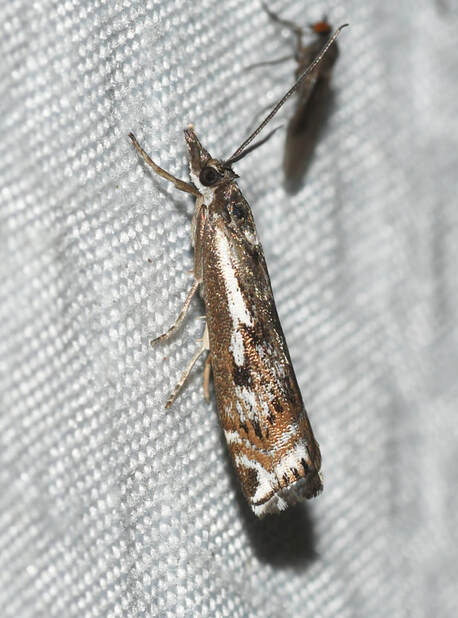

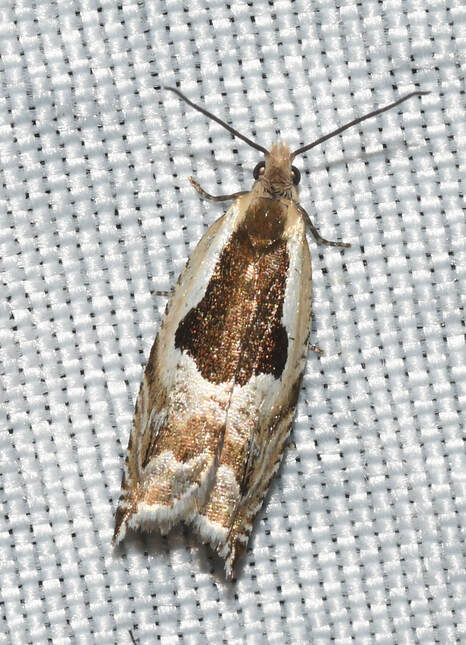
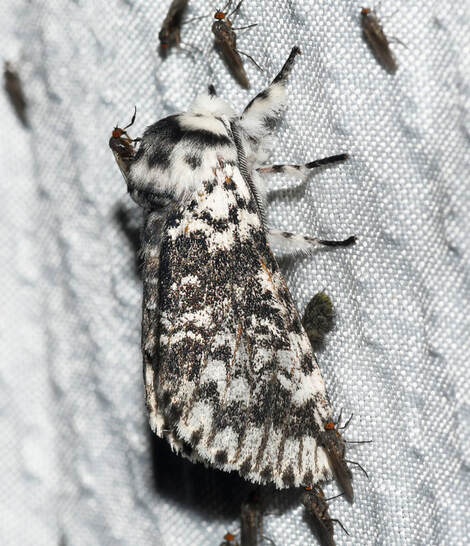
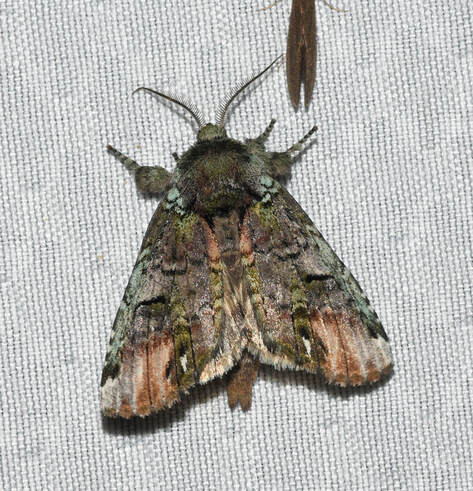
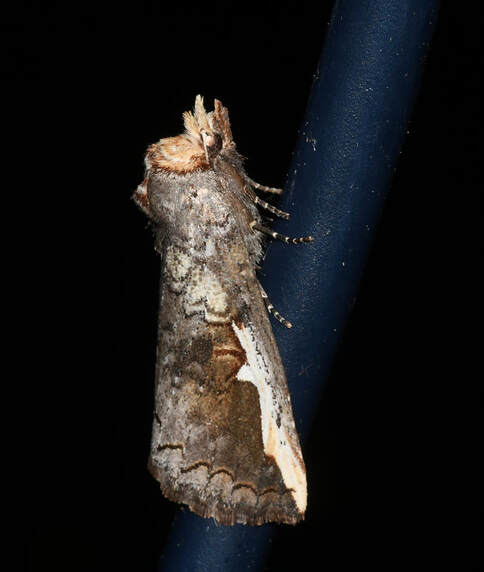


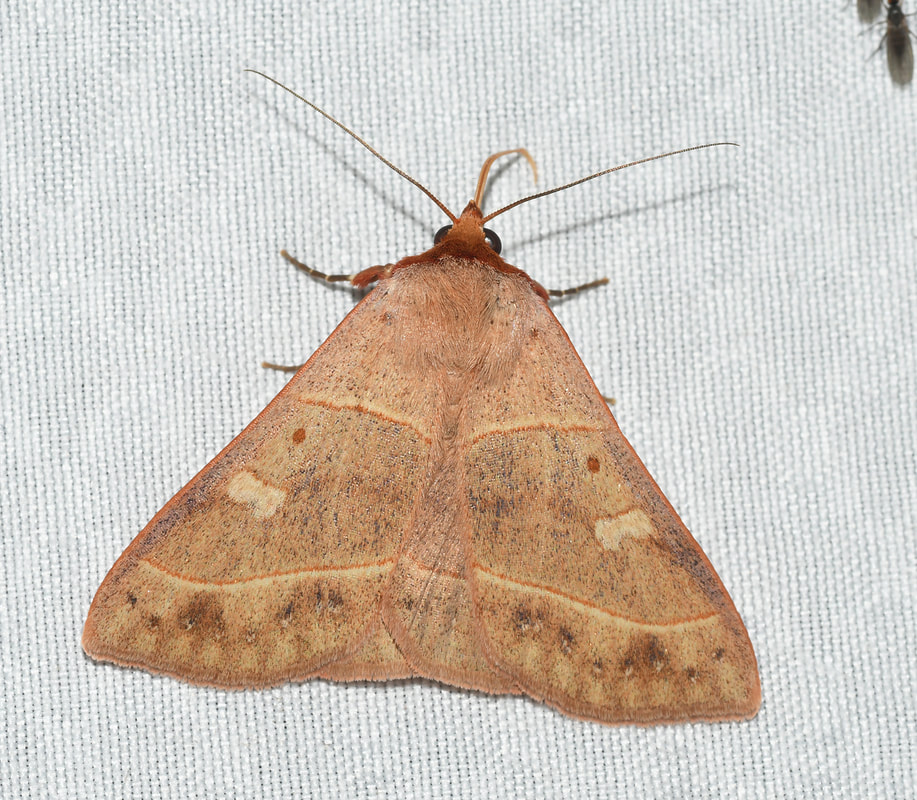
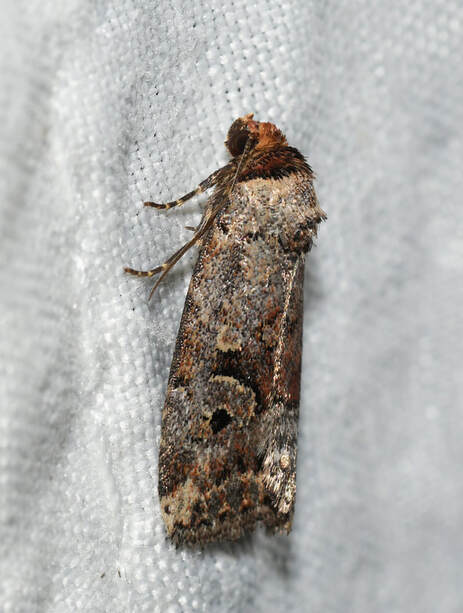
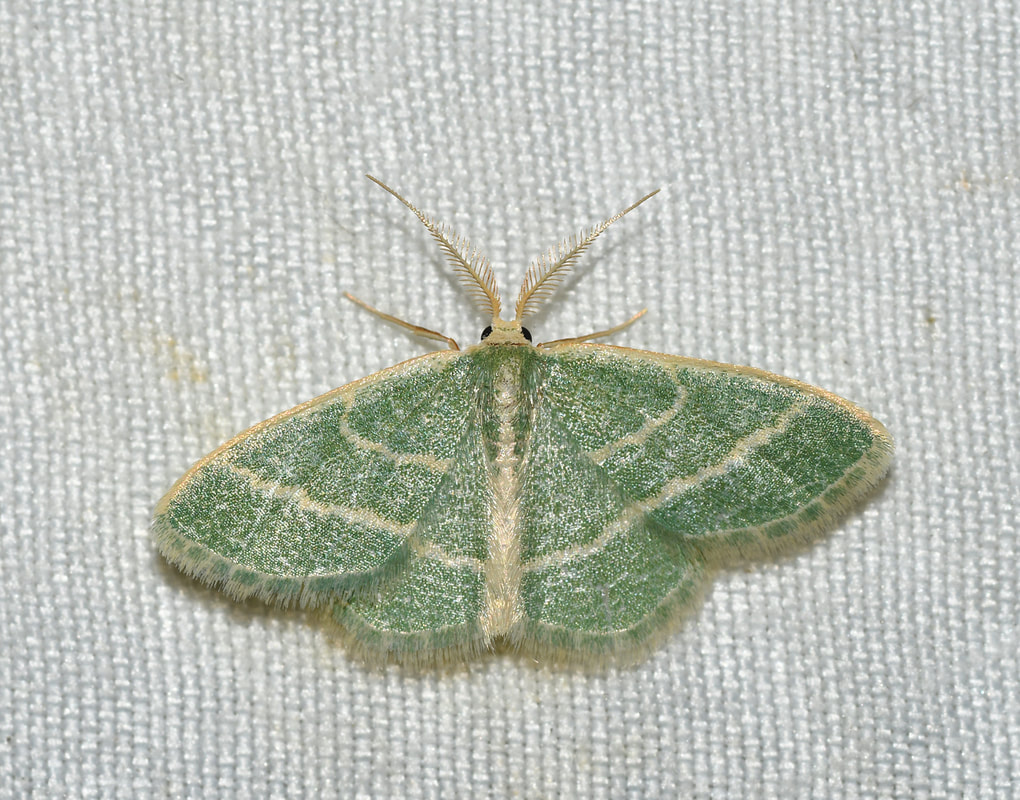
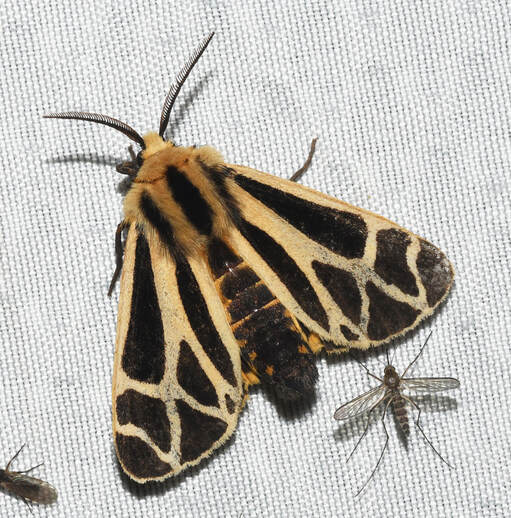
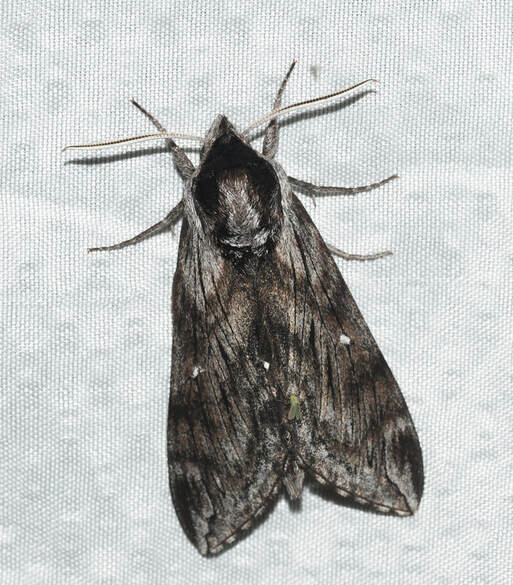
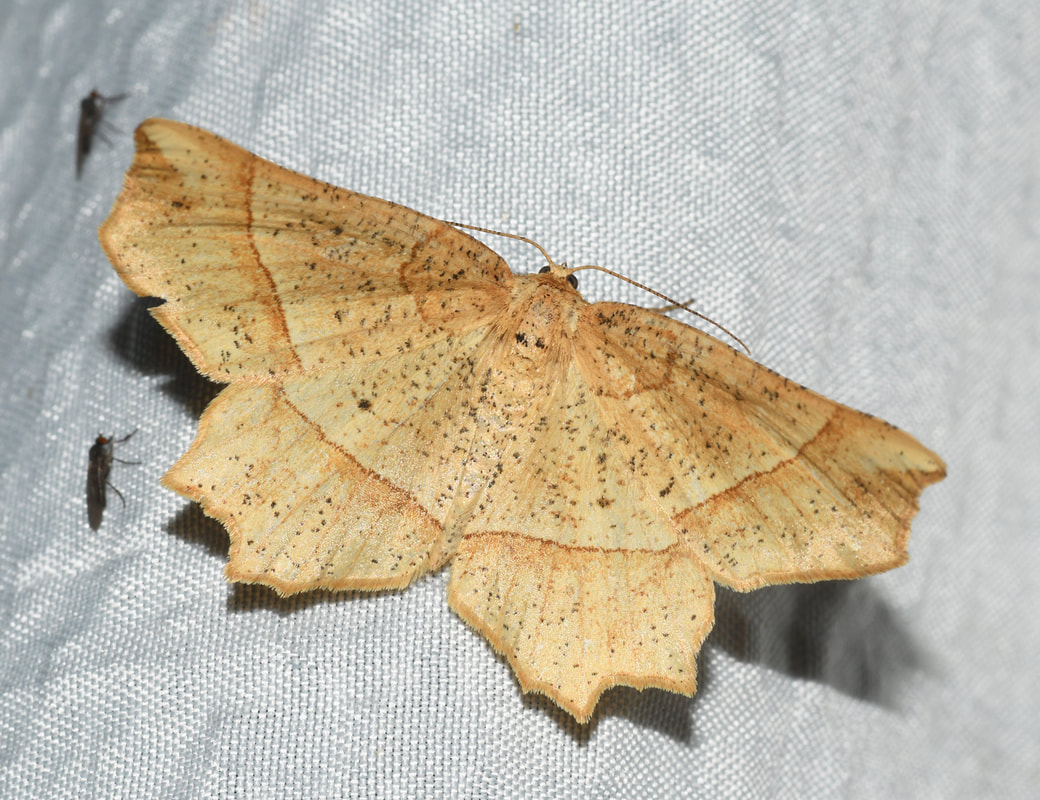
 RSS Feed
RSS Feed